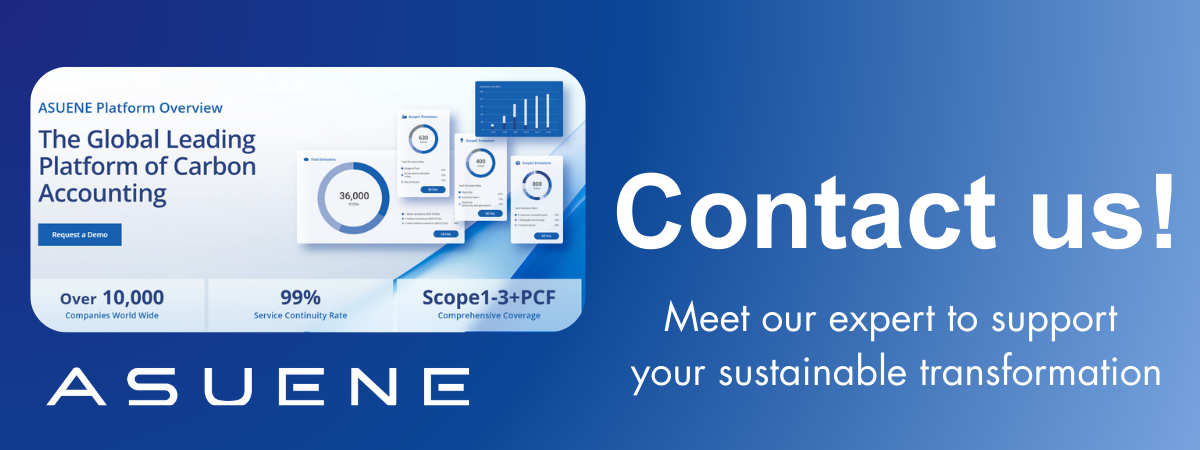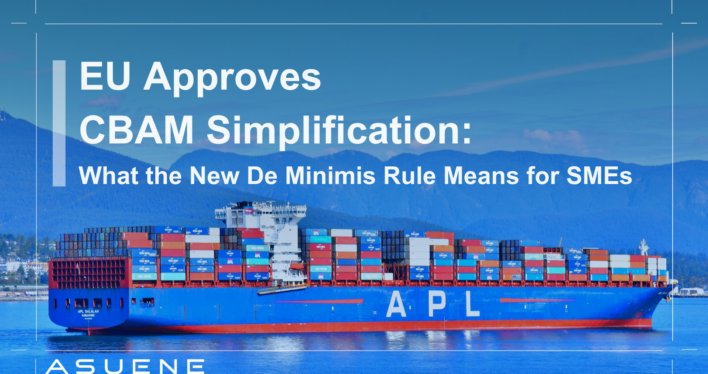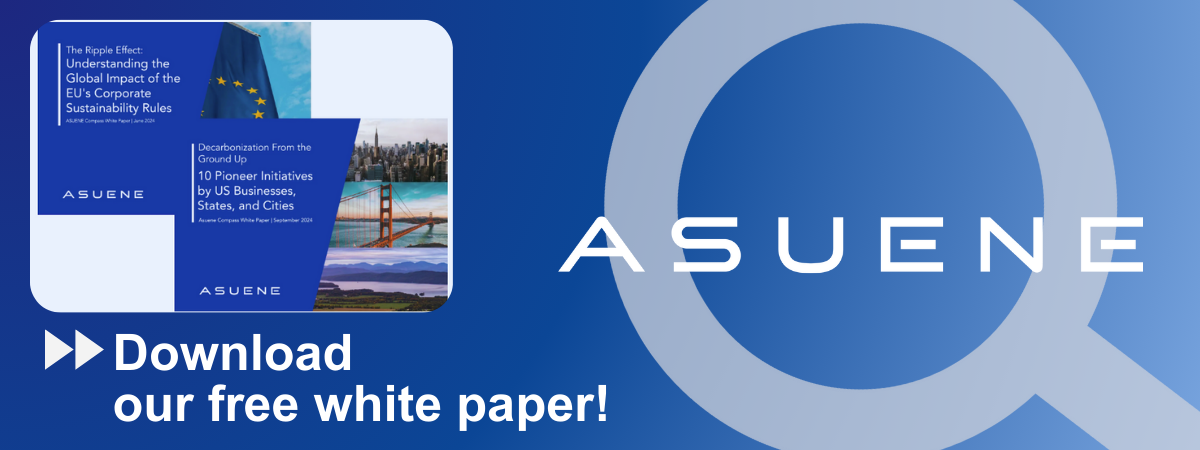- Article Summary
-
Introduction
On September 29, 2025, the Council of the European Union approved a regulation that simplifies the Carbon Border Adjustment Mechanism (CBAM). The most notable change is the introduction of a new de minimis threshold, which exempts importers that bring in less than 50 tonnes of covered goods per year. CBAM is the EU’s tool to prevent carbon leakage by ensuring that imports of carbon-intensive goods face the same carbon costs as domestic producers. With this change, small importers now face fewer compliance obligations while the system still covers 99 percent of embedded emissions.
The Rationale Behind the De Minimis Rule
The EU introduced the threshold to reduce administrative burdens for smaller players in the market. Many SMEs lack the resources to handle complex emissions reporting, verification, and registration. By setting a volume-based exemption, the EU ensures that the most significant import flows remain under CBAM’s scope while smaller operators are spared disproportionate costs. Policymakers frame this as a balance between keeping climate policy credible and making the mechanism workable in practice.
What the Exemption Means for SMEs
For SMEs, the change means less time and money spent on compliance. They are no longer required to register as CBAM declarants, nor do they need to calculate and verify the embedded emissions of their small import volumes. Industries such as specialty steel, aluminum, fertilizers, and cement importers stand to benefit the most, since their annual volumes often fall below the new threshold. This change could help smaller firms maintain competitiveness and continue participating in cross-border trade without fear of excessive red tape.
| Impact Area | Before Simplification | After Simplification |
|---|---|---|
| Import threshold | All imports covered | Imports below 50 tonnes exempt |
| Coverage of emissions | 100% of imports | 99% of emissions still covered |
| SME obligations | Registration, reporting, verification | Exempt from obligations |
| Administrative cost | High for small importers | Significantly reduced |
Simplification Beyond the Threshold
The new regulation does not stop at the de minimis rule. It also introduces measures to streamline authorisation processes, simplify data collection requirements, and make emissions calculations more practical. Verification and penalties are also being adapted to reduce unnecessary complexity. In addition, the EU has provided temporary flexibility for early 2026 to avoid disruptions while companies wait for registration approvals. These steps aim to create a smoother transition into the full CBAM regime.

Potential Risks and Criticisms
Some stakeholders warn that the exemption could create loopholes. Importers might attempt to split shipments or restructure their operations to stay under the 50-tonne threshold. Monitoring and enforcement will therefore be crucial to ensure that the exemption does not undermine CBAM’s objectives. Climate advocates also argue that even small volumes can add up, and that too much leniency could damage the credibility of the policy. Policymakers counter this by pointing out that nearly all embedded emissions remain subject to CBAM, and the simplifications are meant to encourage compliance rather than weaken ambition.
Conclusion
The EU’s decision to introduce a de minimis threshold reflects an effort to make CBAM workable for all participants in the market. SMEs gain breathing room through reduced obligations, yet the mechanism still captures the vast majority of emissions. The broader simplification package demonstrates that the EU is listening to business concerns while holding firm on climate objectives. For SMEs, this is an opportunity to prepare for future CBAM phases without the immediate pressure of heavy compliance costs. As the system evolves, maintaining this balance between practicality and environmental integrity will be central to its long-term success.
Why Work with ASUENE Inc.?
ASUENE is a key player in carbon accounting, offering a comprehensive platform that measures, reduces, and reports emissions. ASUENE serves over 10,000 clients worldwide, providing an all-in-one solution that integrates GHG accounting, ESG supply chain management, a Carbon Credit exchange platform, and third-party verification.
ASUENE supports companies in achieving net-zero goals through advanced technology, consulting services, and an extensive network.


